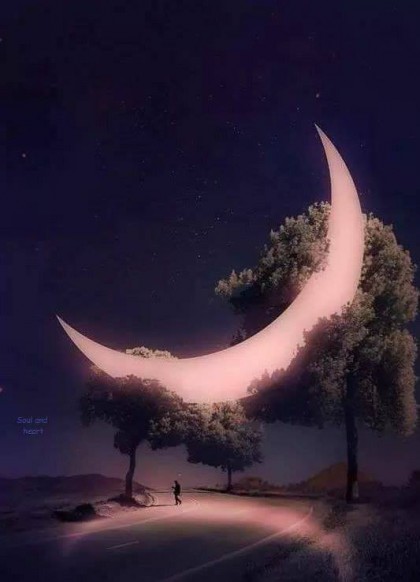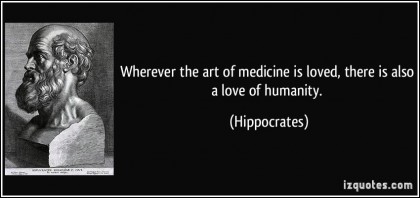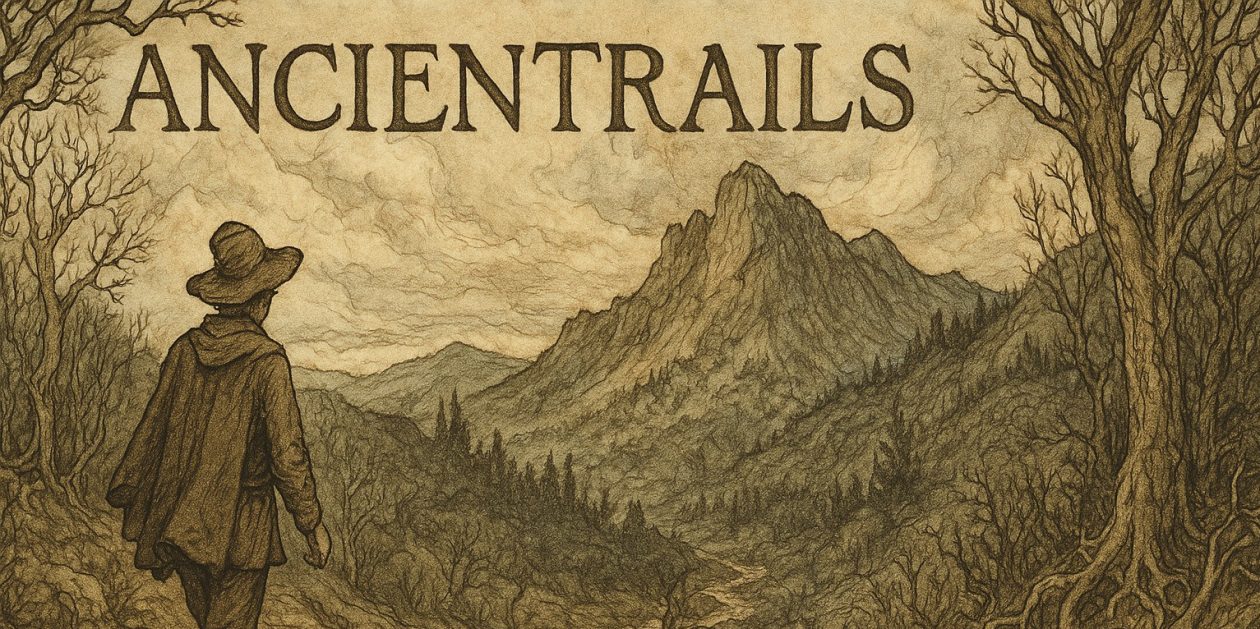Samain Last sliver Thanksgiving Moon
 Under the Healing Moon Kate recovered from her g.i. bleed. Under the Thanksgiving Moon we found the problem and are close to a procedure to provide her relief. The bleed was on September 28th, over two months ago. It does seem to have served the unintended but welcome purpose of ratcheting up the already extended process of diagnosing her problem.
Under the Healing Moon Kate recovered from her g.i. bleed. Under the Thanksgiving Moon we found the problem and are close to a procedure to provide her relief. The bleed was on September 28th, over two months ago. It does seem to have served the unintended but welcome purpose of ratcheting up the already extended process of diagnosing her problem.
Why this wasn’t found before? Here’s my take. All of her symptoms were gastro-intestinal with common g.i. problems that explained them. So the process was to look closely at her g.i. tract. This common sense approach kept its focus on the most likely source of the symptoms. When you hear hoof beats, think horses not zebras. In other words the looking was inside the gastro-intestinal tract with a side excursion looking at the gallbladder.
The difficulty? The cause was outside the g.i. tract in the arteries that supply blood to part of it. These last two imaging studies were a sort of last gasp, let’s check out the really unlikely since nothing else has shown up. Fortunately, Dr. Rhee decided to look outside the g.i. system. The literature on the problem says it is difficult to diagnose, one of those things that you have to look for explicitly. Further complicating it is the fact the ultrasound which does diagnose it is itself difficult and requires very competent technicians and an acute radiologist.
 Medicine is much more art than science. Kate’s long journey toward a solution shows that. Imaging studies are not easy to interpret and no imaging study will find something if you’re looking in the wrong place to begin with. The body is exquisitely complicated with linkages between its various systems often tiny and in hard to see spots. Also, symptoms have multivalent possible origins. I find myself more forgiving of the medical world after all this. Why? Because I’ve observed first hand the struggle of competent people, working as best they can, to solve an intractable problem.
Medicine is much more art than science. Kate’s long journey toward a solution shows that. Imaging studies are not easy to interpret and no imaging study will find something if you’re looking in the wrong place to begin with. The body is exquisitely complicated with linkages between its various systems often tiny and in hard to see spots. Also, symptoms have multivalent possible origins. I find myself more forgiving of the medical world after all this. Why? Because I’ve observed first hand the struggle of competent people, working as best they can, to solve an intractable problem.
I’ve come to appreciate the incredible courage it takes to be a physician. People come looking for answers, for certainty. The questions can be matters of life and death, of a happy, fulfilling life versus one with chronic pain or weight loss or nervous system collapse. The stakes are so high, for the patient, for their families. The myth of the physician in our culture, the penumbra of authority and wisdom we impute to them, is just that, a myth. The arena in which they have to solve problems is, for the most part, closed off from direct view, accessible only through lab work, imaging, and the reporting of the patient. It’s often like asking a mechanic to diagnose a vehicle’s odd sounds without opening the hood and to solve the sound by putting tools through the car’s metal body. Really hard.
I think we’d appreciate the physician even more if we acknowledged the fraught world in which they work with imperfect tools. The work Kate did all those years ago was hard. But, also satisfying. Think if you could be the one who finally understands what makes a 74 year old woman experience nausea and abdominal pain when she eats, one who lost 30 pounds in less than a year. More. Think if you were the one who understood and steered her toward a solution. Wow.
